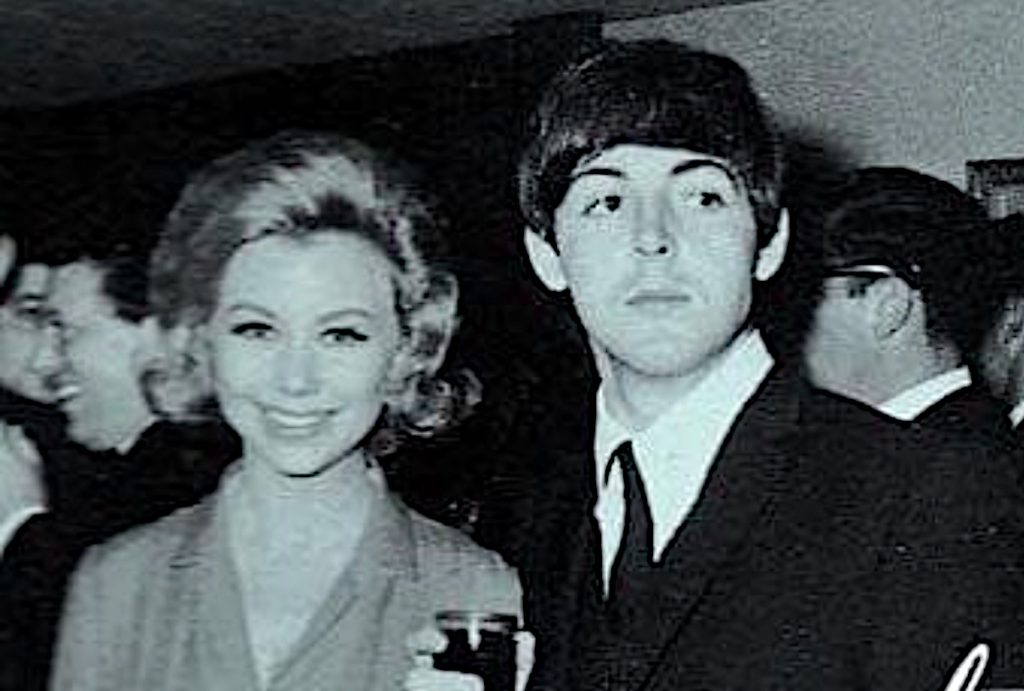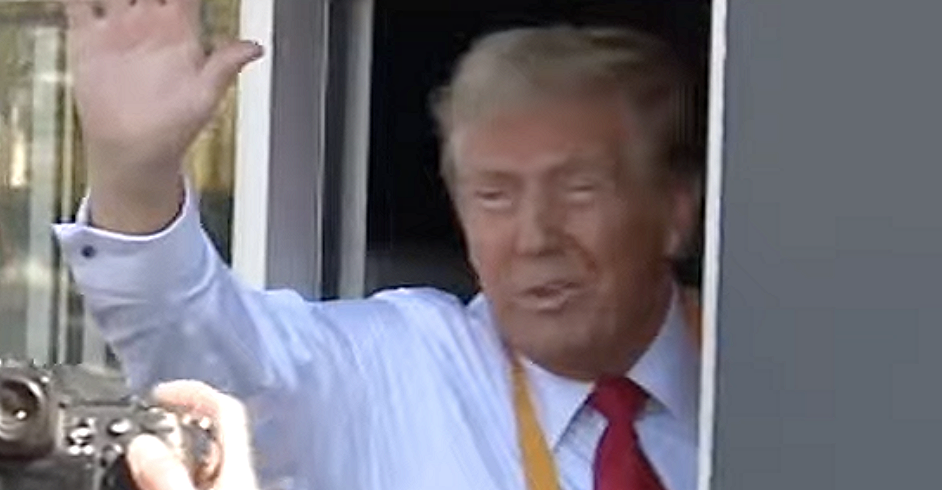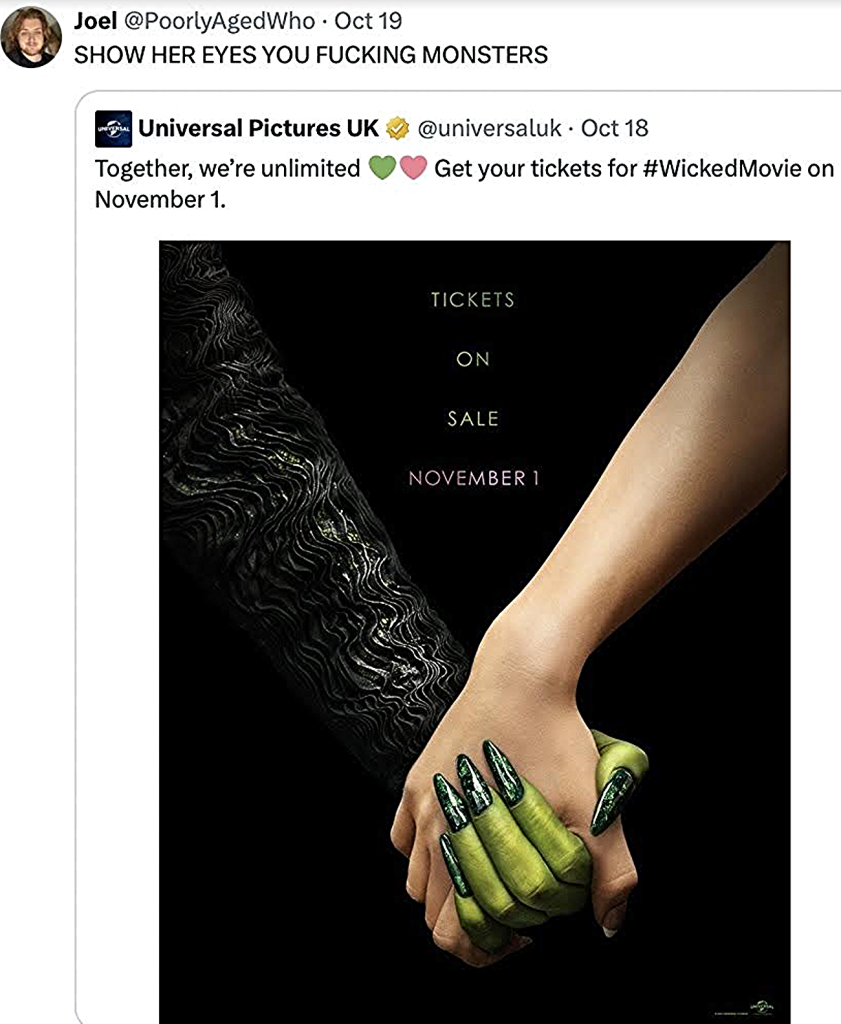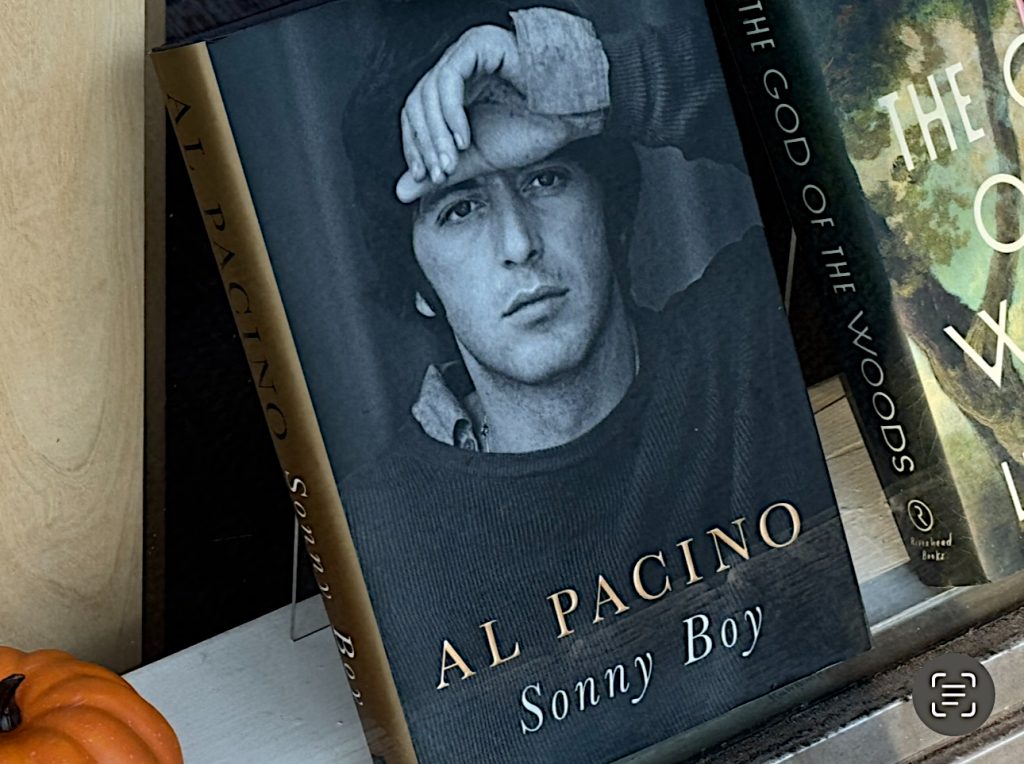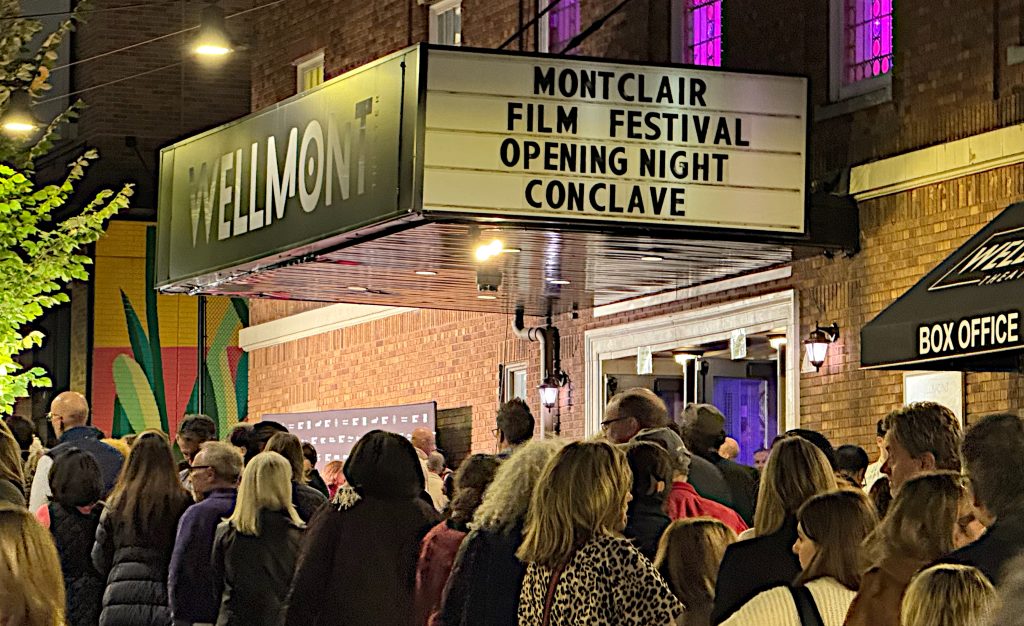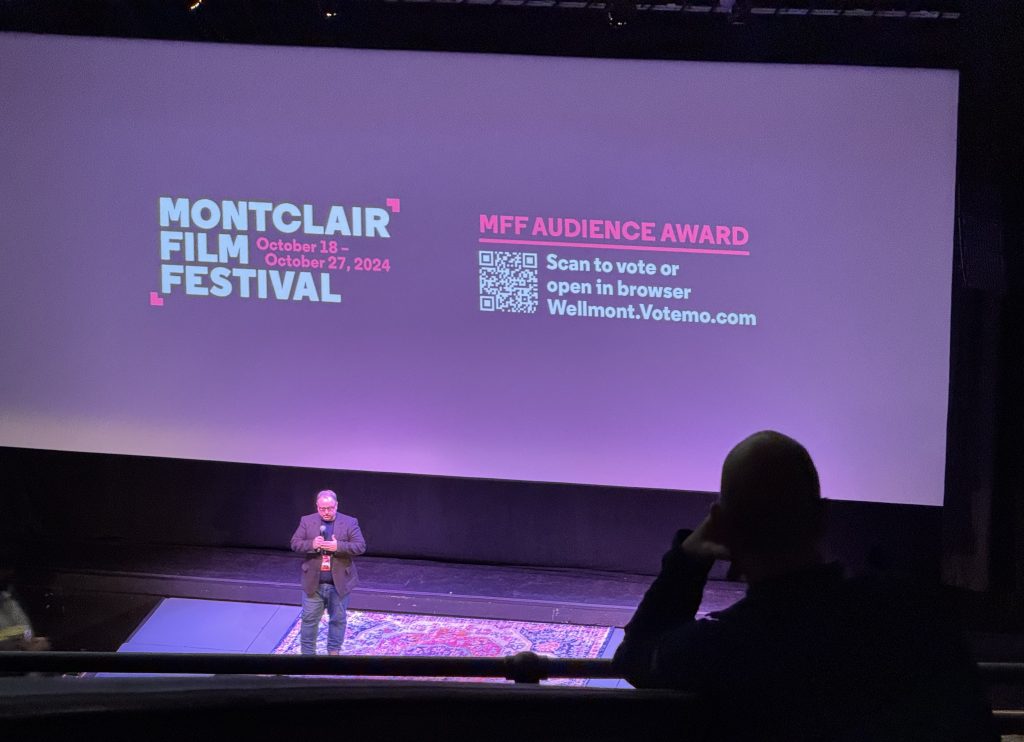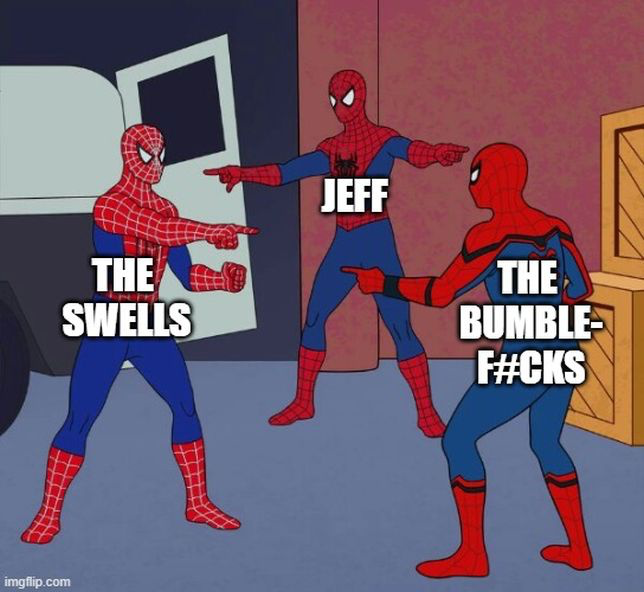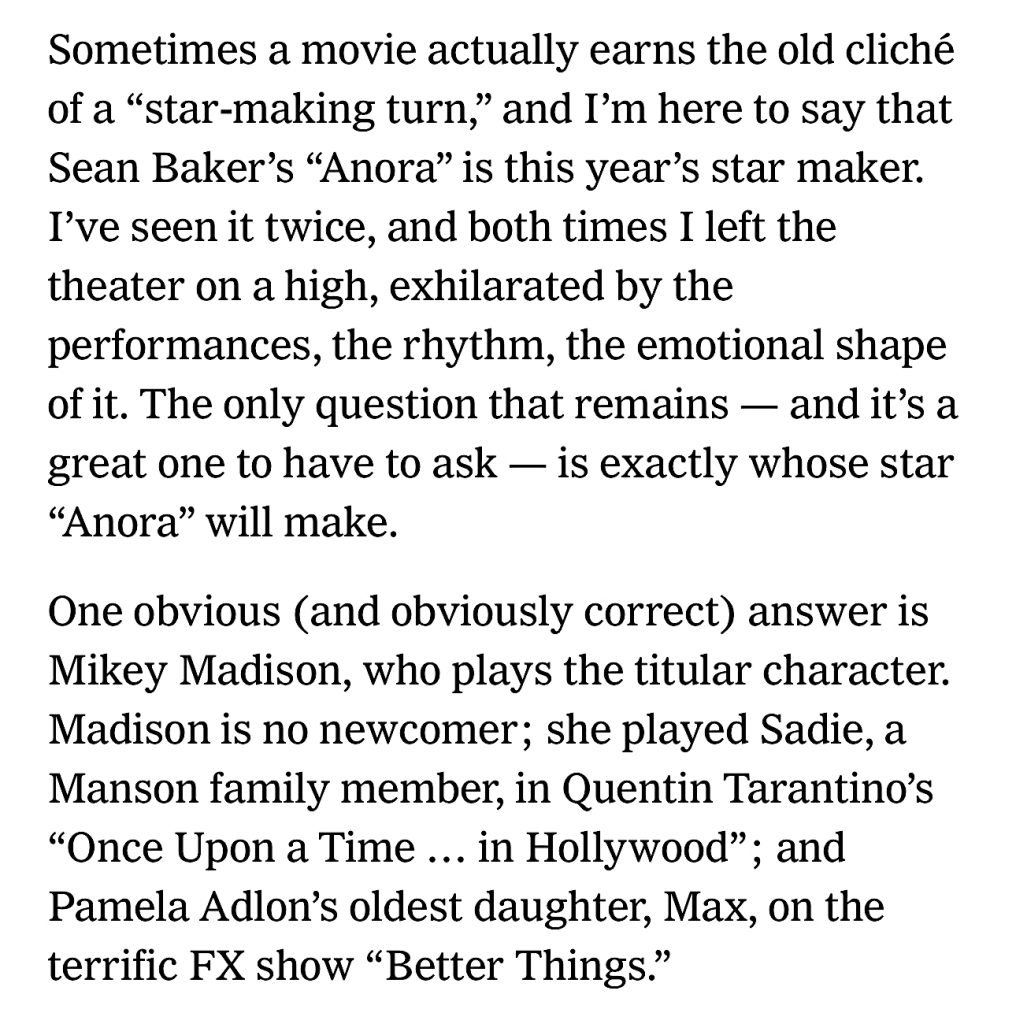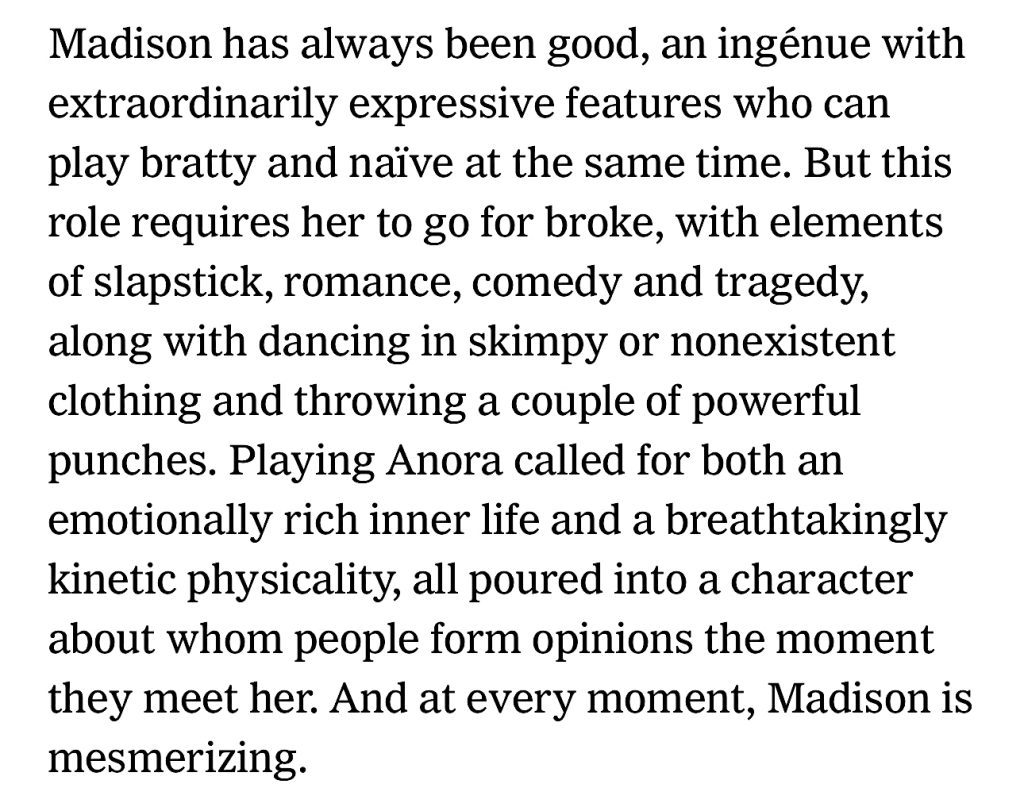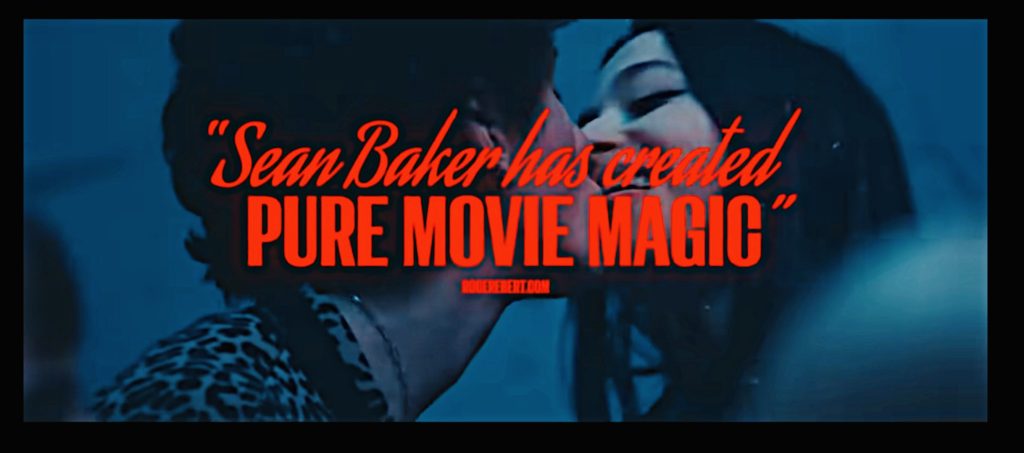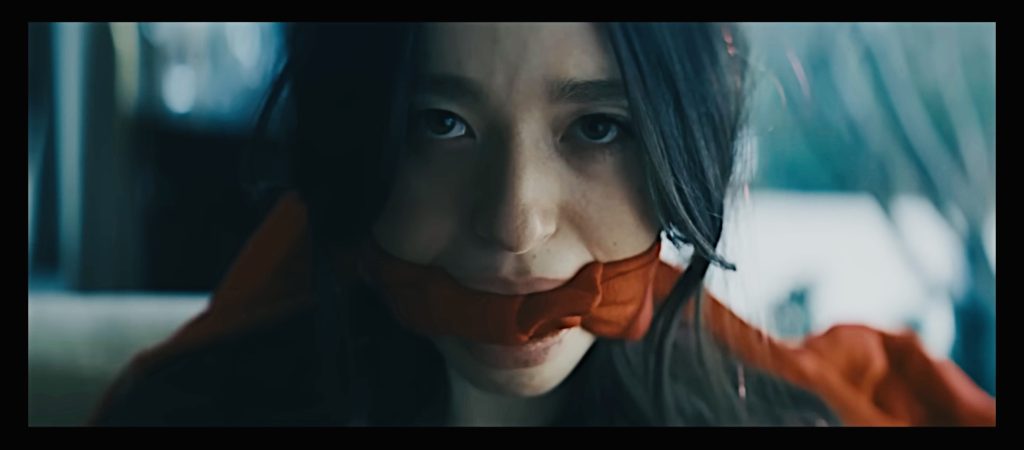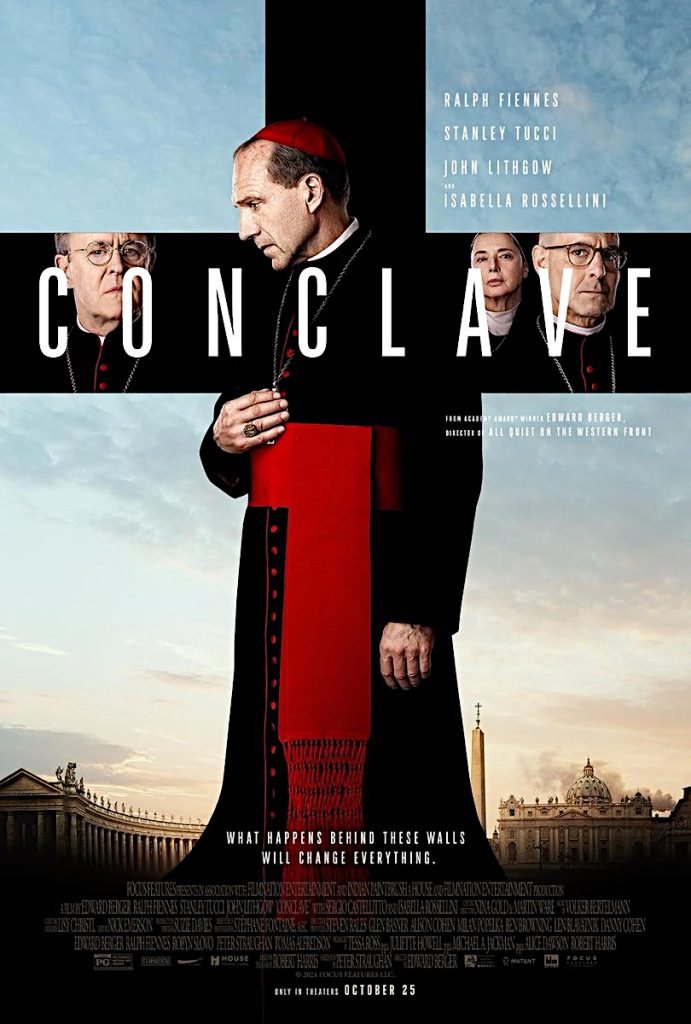Before last night I had never watched Joshua Logan, Buddy Adler and Leon Shamroy’s South Pacific (‘58) in its entirely. I watched the whole thing (2 hours, 37 minutes) on my iPhone 15 Pro Max with JBL headphones — obviously an irreverent and sacrilegious way to watch a film shot in large-format Todd A-O. But at least it sounded good.
Anyway, I wrote yesterday that even in her prime South Pacific star Mitzi Gaynor, who passed last Thursday (10.17) at age 94, wasn’t any kind of sultry sensual presence. HE commenter K. Bowen took issue with this. I elaborated this morning:
“Gaynor had narrow, smallish eyes but her spritzy, bubbly, open-hearted manner was engaging. She had that gamine athletic thing going on, and was obviously quite pretty in her youth. She had a certain prim sexual appeal. Slim dancer’s body, approvable boobs, great gams. But earthy she was not.
“Gaynor seemed innately kind and caring, but there was something a tad antiseptic going on, at least in her South Pacific performance as Nellie Forbush — a proper, disciplined quality that felt Doris Day-ish or even Gale Storm-y, a quality that seemed to emanate from the bland, hemmed-in aesthetic of the ‘50s.
“And I don’t even know how to process Nellie’s bizarre racist repulsion when she learns of Rosanna Brazzi’s Emile de Becque having been married to and sired two kids with a fetching Polynesian woman who died some years earlier. Toward the end Nellie actually says the words ‘her color’…weird and ugly.
“Thespian skills aside, most popular actresses of the ‘40s and ‘50s activated or at least hinted at some form of inner heat…some kind of bedroom intrigue or fantasy. Whatever it was that Rita Hayworth or Lana Turner or Maureen O’Hara or Lizabeth Scott or Anna Magnani or Jean Simmons or Gloria Grahame or pre-Cleopatra Elizabeth Taylor or even Deborah Kerr had that indicated a vigorous or perhaps even a hungry-python approach to sex, Gaynor had almost none of.
But she had conveyed so much in the way of heart and kindness and a certain open-hearted decency, plus a strong one-man-woman quality. You just knew she wasn’t the type to cat around, and that’s attractive. (Well, whadaya want me to say, that a woman prone to catting around is attractive?)

